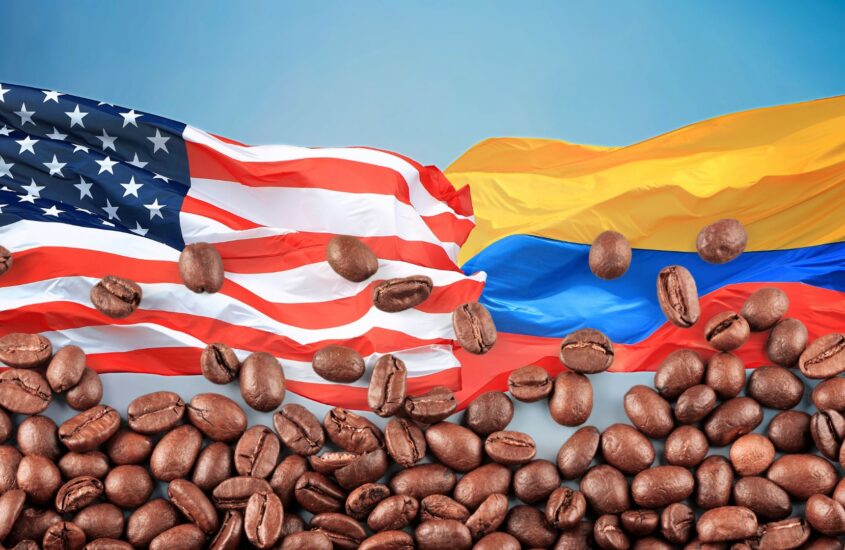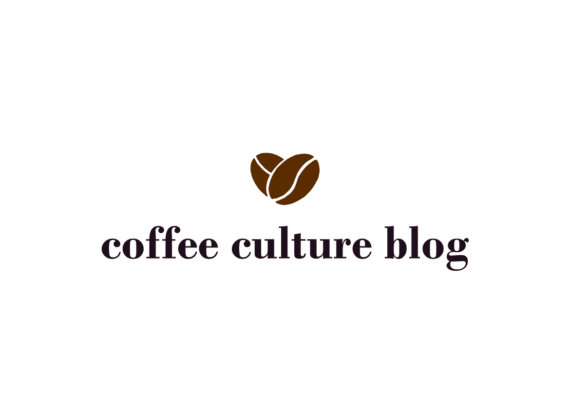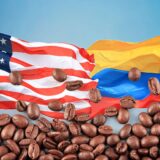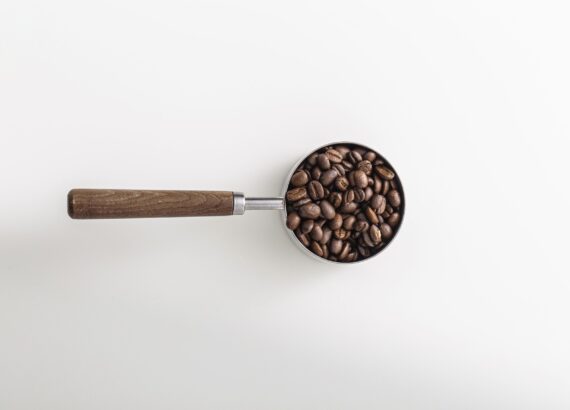Will a 25% US Tariff on Colombian Coffee Send Prices Soaring?

Could your morning coffee soon cost more? A proposed 25% tariff on Sun January 26, 2025 on Colombian imports may lead to price increases for one of the most consumed beverages in the United States.
Understanding how this potential change impacts the coffee market and, ultimately, your wallet is crucial.
This article explores the reasons behind the tariff, its potential effects on coffee prices, and how it could reshape the coffee industry in the US.
Table of Contents
Will a 25% US Tariff on Colombian Coffee Send Prices Soaring?
1. The Role of Colombian Coffee in the US Market
2. How Tariffs Affect Pricing: A Supply Chain Analysis
3. Potential Ripple Effects of a 25% Tariff
The Role of Colombian Coffee in the US Market
Colombian coffee is a key player in the US market. As of 2023, Colombian coffee accounted for 27% of total US coffee imports, second only to Brazil. This reliance on Colombian coffee is driven by its high-quality Arabica beans, prized for their flavor and aroma. For many coffee drinkers, Colombian blends are synonymous with premium quality.
Why does Colombia dominate such a large share of the US market? The country’s climate and geography create near-perfect growing conditions for coffee. Its mountainous terrain, consistent rainfall, and moderate temperatures produce beans that fetch a premium price globally. For decades, Colombian coffee has been marketed as a premium product, and brands like Juan Valdez have cemented its reputation as a staple of quality.
However, this heavy reliance on Colombian imports makes the US coffee market vulnerable to trade policies like tariffs. Even a modest tariff can ripple through the supply chain, affecting everyone from importers to end consumers. A 25% tariff, though, could fundamentally reshape the market.
If you’re curious about where else the US gets its coffee, check out this breakdown here.
How Tariffs Affect Pricing: A Supply Chain Analysis
Tariffs are essentially taxes imposed on imported goods. When a 25% tariff is levied on Colombian coffee, importers have to pay an additional 25% of the coffee’s value to bring it into the US. For example, if a shipment of coffee beans is valued at $100,000, the tariff would increase the cost to $150,000. These additional costs don’t disappear—they flow through the supply chain.
From Growers to Retailers
The journey of coffee from farm to cup involves multiple players. Farmers in Colombia grow and process the beans. Exporters handle international shipping, and importers bring the beans into the US. Roasters then transform the raw beans into the coffee products sold in grocery stores or cafés.
With a 25% tariff, importers would face immediate cost increases. To maintain profit margins, they’re likely to pass these costs on to roasters, who, in turn, will raise prices for retailers. Ultimately, you—the consumer—will feel the pinch.
A Look at Past Examples
The effects of tariffs on pricing aren’t hypothetical. When the US imposed tariffs on steel and aluminum, manufacturers passed the additional costs down the line. Consumers ultimately paid more for cars, appliances, and even canned goods. Coffee, while different in scale, follows similar economic principles.
By increasing import costs, a 25% tariff would amplify retail prices, particularly for premium Colombian blends.
If you’re interested in how tariffs impact imports, this article offers valuable insights here.
Potential Ripple Effects of a 25% Tariff
A 25% tariff on Colombian coffee would have consequences that extend beyond pricing. Here are three key areas where the effects could be felt:
1. Diversification of Supply
If Colombian coffee becomes too expensive, US importers may look to alternative suppliers. Brazil, Vietnam, and Ethiopia are among the top coffee exporters that could fill the gap. Brazil, in particular, dominates the global coffee market, producing both Arabica and Robusta beans in high volumes.
However, substituting Colombian coffee isn’t as simple as switching brands. The flavor profile of Colombian Arabica is distinct. Alternatives like Brazilian or Vietnamese coffee may not satisfy consumers who prefer the smooth, mild taste of Colombian beans. This could create challenges for roasters and retailers trying to meet consumer expectations.
2. Impact on Colombian Producers
Colombian coffee farmers depend heavily on the US market. A 25% tariff could force them to explore alternative markets, such as Europe or Asia. While this diversification might stabilize their revenue, it could weaken their ties to the US market in the long term.
Some producers may even scale back production if demand drops significantly. This reduction in supply could influence global coffee prices, even for non-Colombian blends.
3. Strained Trade Relations
Trade policies don’t exist in a vacuum. A tariff of this magnitude could strain diplomatic and economic ties between the US and Colombia. Coffee is a major export for Colombia, and such a policy might be perceived as a hostile move. This could complicate negotiations in other trade sectors, affecting industries beyond coffee.
Consumer Impact: Will Coffee Prices Really Soar?
The big question is whether you’ll notice the impact at the checkout counter. The short answer is yes, but how much depends on several factors.
Price Increases
If a bag of Colombian coffee currently costs $12, a 25% tariff could push the price to $15. For frequent coffee drinkers, this adds up over time. Café prices might also rise, with your favorite latte costing 25 to 50 cents more.
Factors That Could Mitigate the Impact
Not all the increased costs may be passed on to consumers. Larger importers and roasters might absorb part of the tariff to maintain competitive pricing. Additionally, the availability of alternative suppliers could keep prices from spiraling out of control.
Long-Term Implications
The bigger concern isn’t just immediate price hikes but the long-term restructuring of the coffee market. A shift away from Colombian coffee could permanently alter what’s available to US consumers, especially for those who value premium blends.
FAQ
Why is the US considering this tariff?
The proposed tariff is in response to Colombia after its president blocked US military deportation flights from landing in the country. Tariffs are often used as leverage in negotiations or to address perceived trade imbalances.
Could this tariff create a coffee shortage?
Not necessarily. While Colombian coffee may become less accessible, alternative suppliers like Brazil and Vietnam can step in to meet demand. However, the quality and flavor of those alternatives may differ.
Will all coffee prices increase?
Primarily, Colombian coffee prices will rise. However, if demand shifts to other suppliers, it could create upward pressure on global coffee prices.
How can you prepare for these changes?
Consider exploring other coffee origins now to find blends you enjoy. Watch for price trends in your local stores and stock up on your favorite blends if prices start to rise.
More from me
My biggest life changes, latest minds, and my family life.





